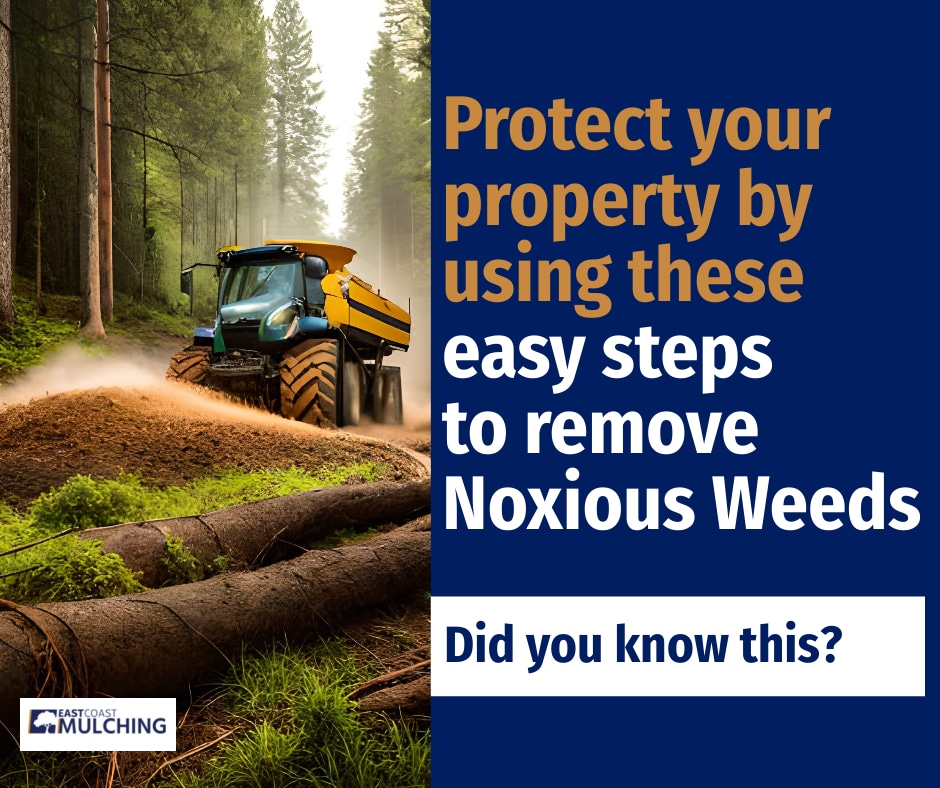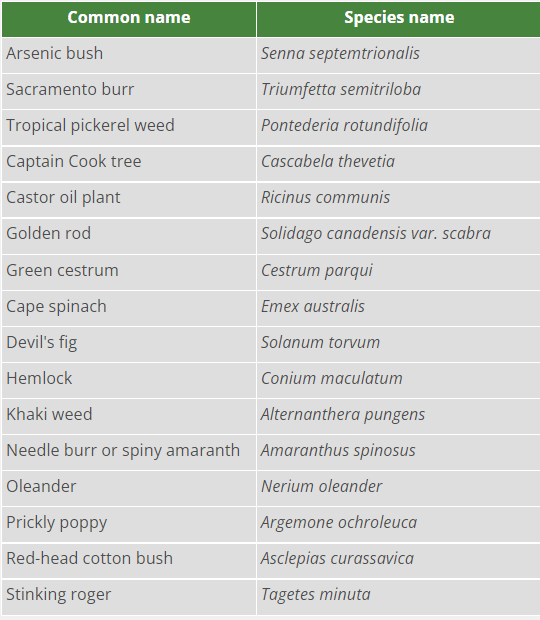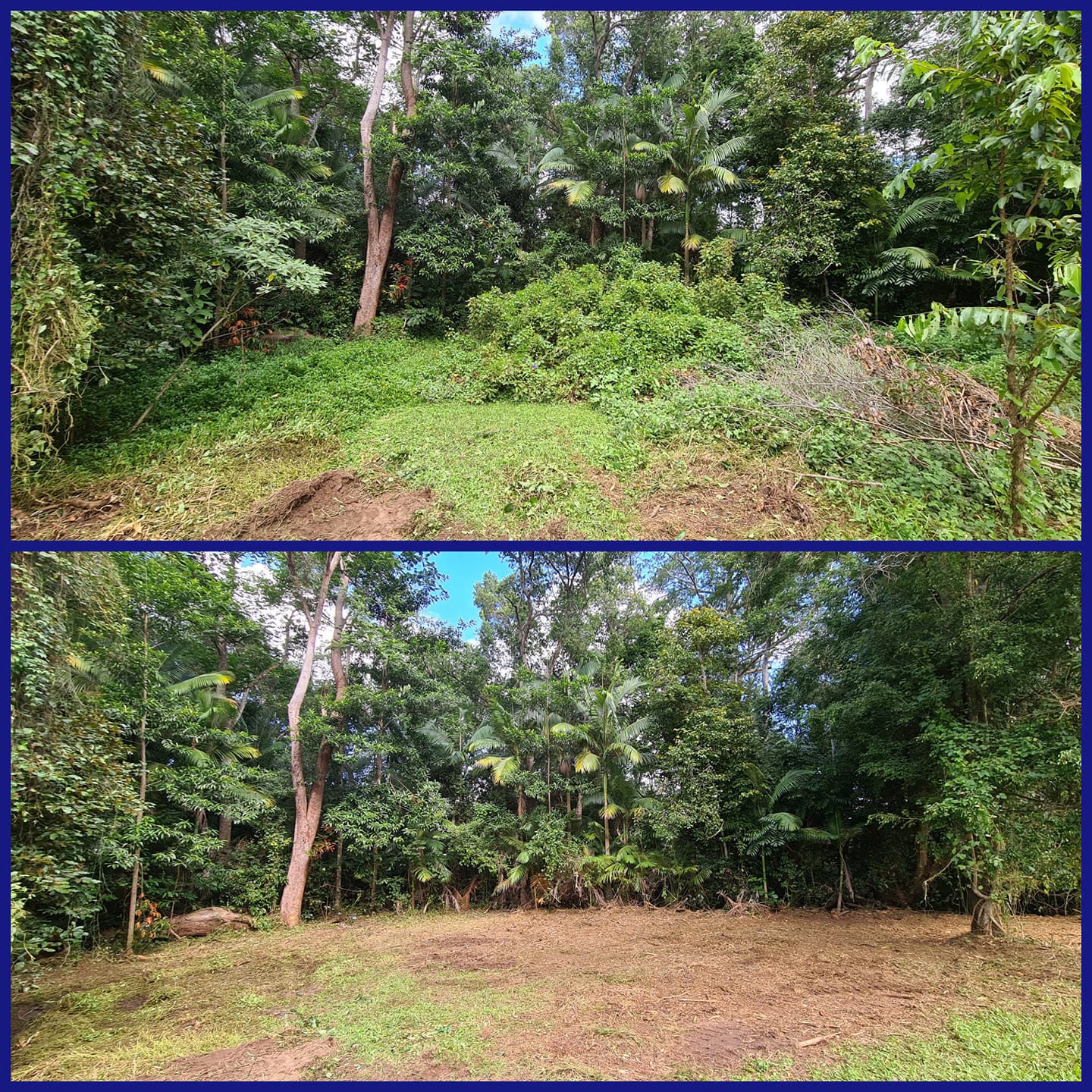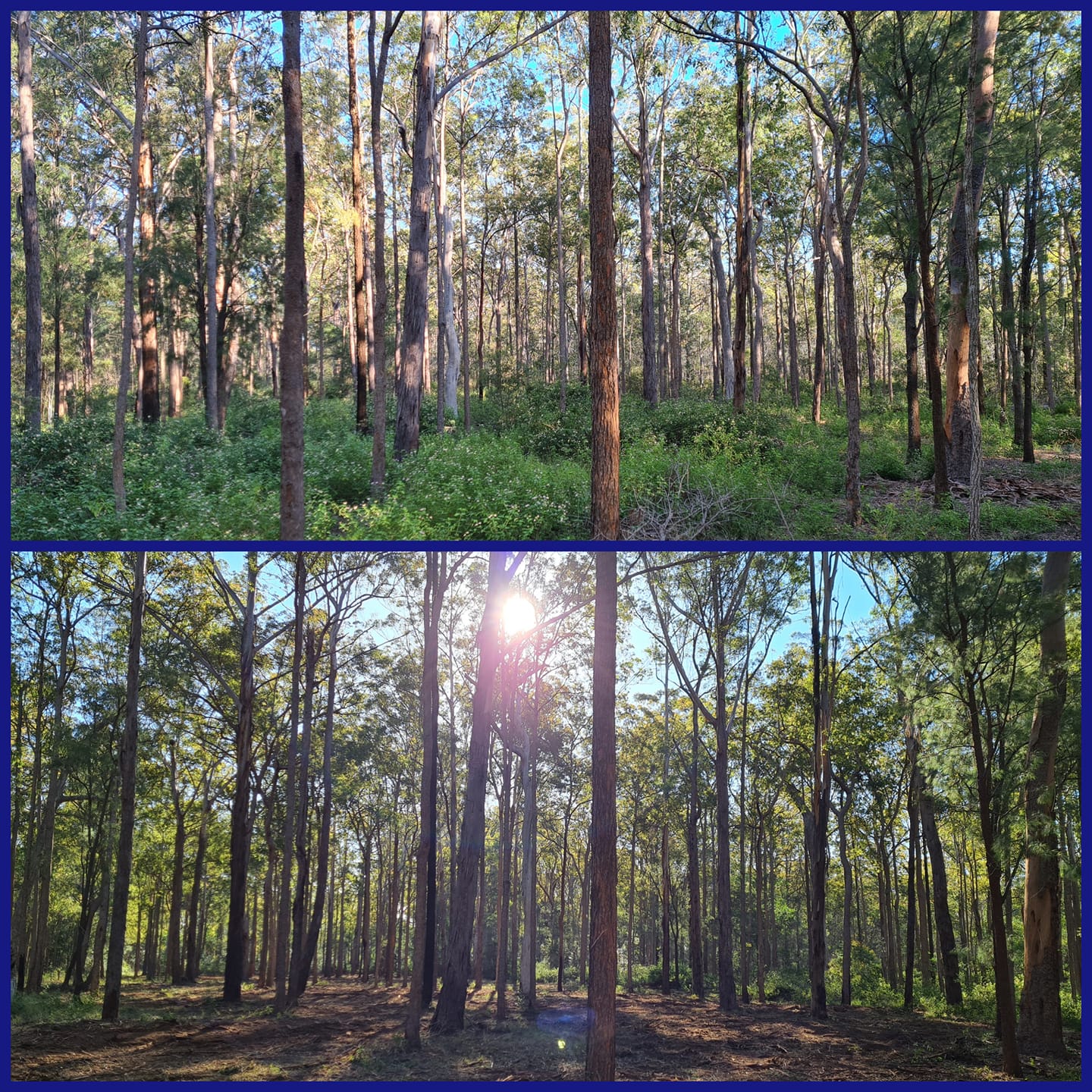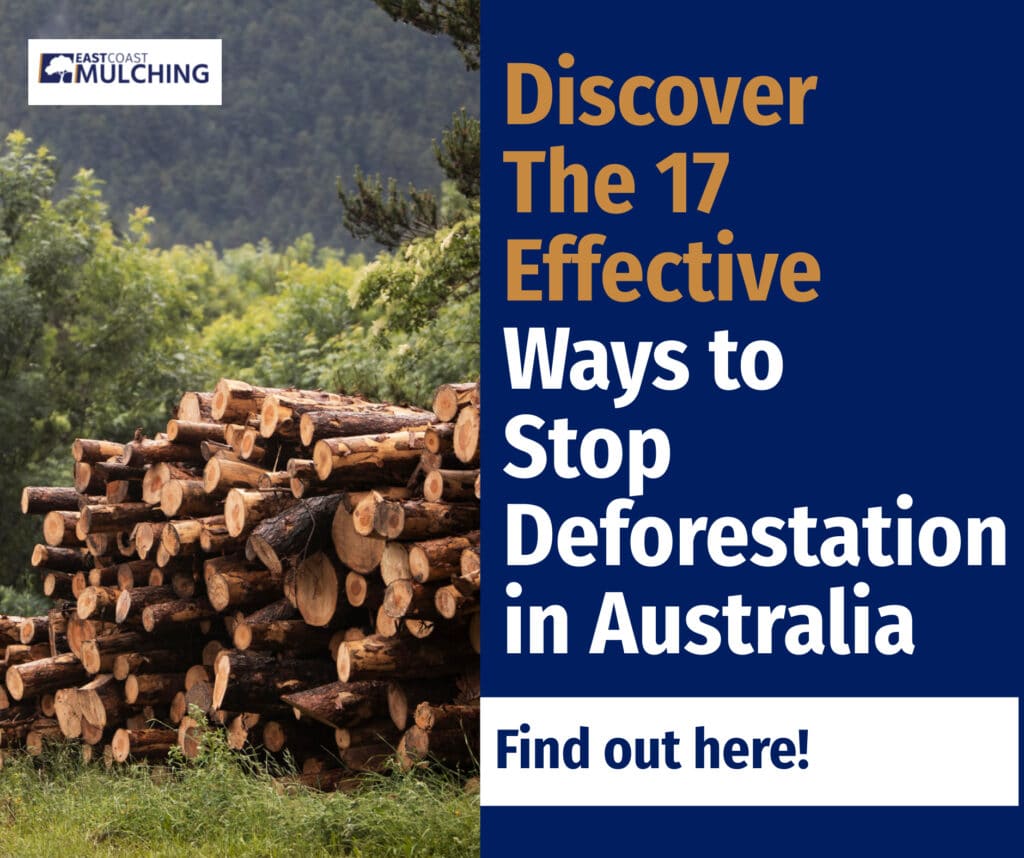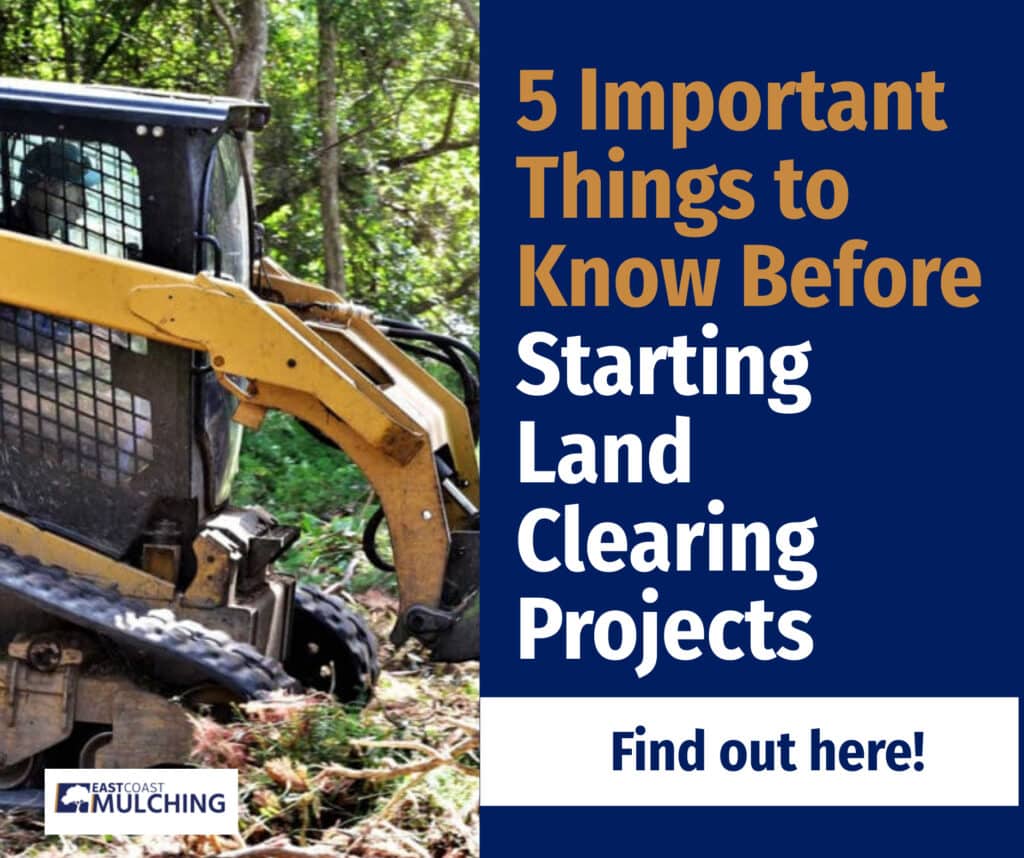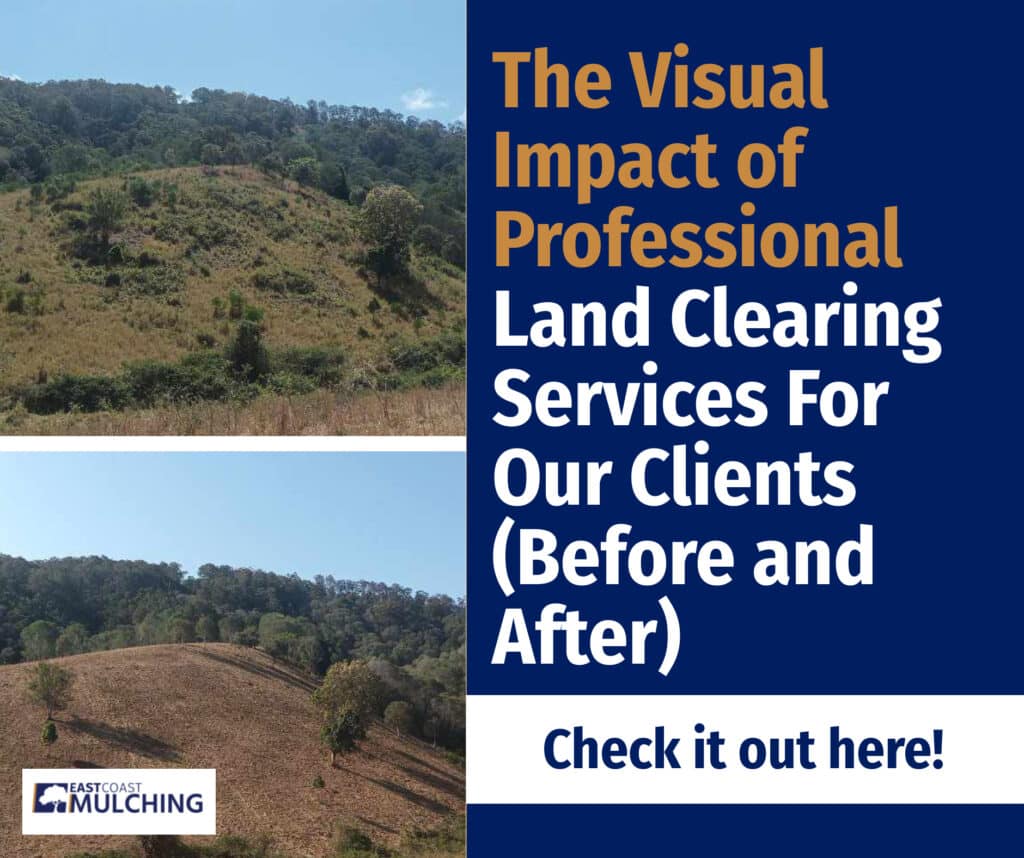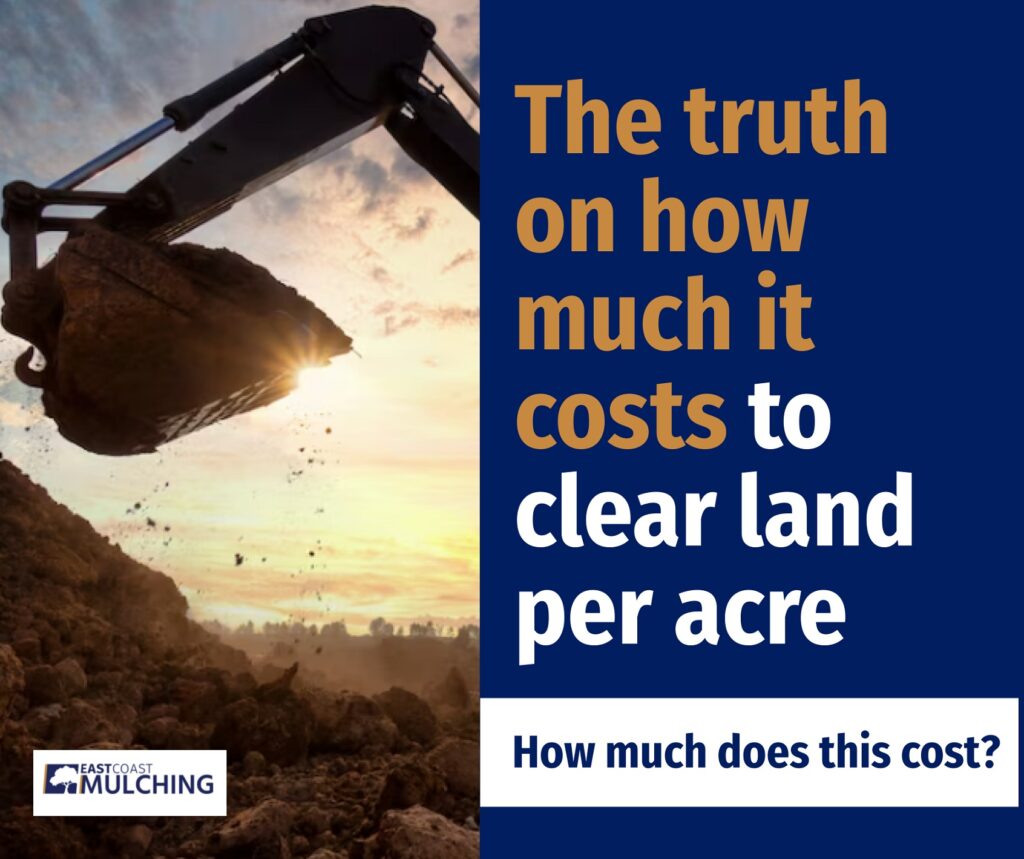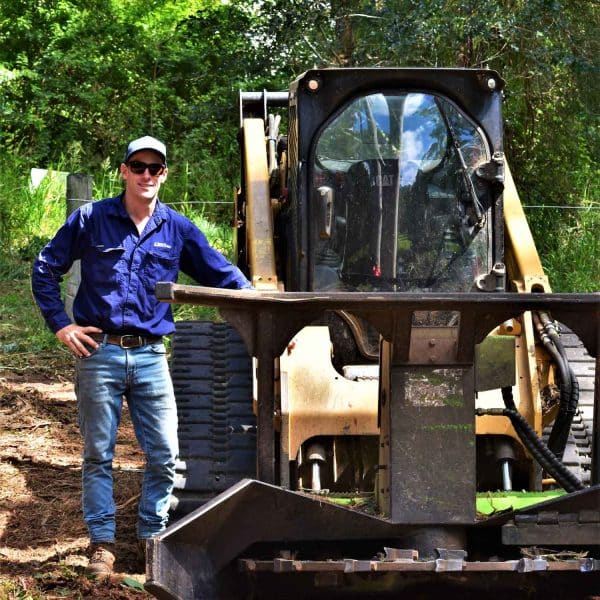Follow these 7 steps to protect your native plants
Managing invasive weeds is a matter of national significance. Effectively controlling noxious weeds is essential to preserving Australia’s ecological communities and valuable farmland.
Fighting against any invasive species that threaten our environment is our responsibility. The best practices to control weeds are codified in ‘the Australian weeds strategy’. The Australian Weeds strategy is a collaboration between the Australian Weeds Committee, the Department of the Environment and Water Resources, and other groups.
You may find you have a toxic weed problem threatening native plants or your livelihood if you are growing crops or keeping livestock. What steps can you take to deal with the issue? We’ll cover that in a moment.
Firstly, how do weeds impact Australia?
Key takeaways
- Weeds cost Australian industries through management costs and lost production.
- Weeds threaten Indigenous communities and traditional cultural practices.
- Identifying weeds is important to understanding how to combat them.
- Use herbicides correctly to prevent unintended damage to the environment.
- Forestry mulching offers a safe and effective way to suppress weed growth.
- Follow proper weed hygiene protocols to prevent contamination.
- Improved land management practices can contribute to weed control.
Cost of Weed infestations
Weeds put an enormous burden on various Australian primary industries and landowners. A Centre for Invasive Species Solutions report estimates that weeds cost Australia approximately $5 billion.
The agricultural sector shoulders the majority of the financial impact of weeds. In Queensland, farmers spend about $600 million a year fighting weeds. Costs of weed infestations on agricultural land manifest in various ways, including the following:
- Direct management costs can involve;
- Fuel and human resources to apply control measures;
- Price of weed control products;
- Reduction in available grazing pasture;
- Toxic effects on livestock;
- Competition against crops for nutrients;
- Reduced value from ecotourism;
- Water pollution impacts irrigation.
Production losses can vary across different agricultural industries. Broadacre farms, such as wheat and barley growers, suffer about $618 million in production losses. This total is equivalent to approximately 6% of production.
Assessing the impact of weeds on the beef industry is more complicated. It’s difficult to quantify the interactions between weeds and livestock. Also, the impacts are felt long-term. However, estimates put the cost of weeds at around $493 million, or 5% of the industry’s value.
If you would like to learn more or have any questions regarding land clearing, contact East Coast Mulching.
Identify the problem
Invasive weeds like Poison ivy explained
Before you act to tackle a landscaping issue, like fighting the impost of any noxious weed, it’s important to understand what you are up against. There are a variety of different plants that may be causing problems on your property. Plant identification is essential when determining if a specific removal method is preferable.
Here are some plants you may be dealing with:
- Thistle
- Ox eye daisy
- Alligator apple
- Rubber vine
- John’s wort
- Prickly pear
- Poison ivy
- Asparagus fern
These noxious weeds are toxic to animals or humans.
You should have plans to remove them as soon as possible.
Image Source: Brisbane City Council
“More than 75% of environmental weeds have entered Australia from overseas as garden plants. The best way to ensure you don’t spread weeds is to grow local native plants where possible.”
Sunshine Coast Council Invasive species Control handbook. (Download a copy here)
Many different weed-killing herbicides are on the market and are often only helpful in controlling certain weeds. Dicamba kills broadleaf weeds like broad-leaved dock and poison ivy but will not affect grass weeds. On the other hand, fluazifop is a grassy weed killer but is ineffective against broadleaf weeds.
Brisbane City Council has a list of noxious weeds that should be removed from your property. Check out their handy online search tool, which helps you find just about any weed.
You should also consider the specific circumstances of your property. You might have precious native plants you want to preserve nearby to a weed infestation. Spraying everything with herbicides could cause collateral damage. Selective mulching could achieve a much better result. Also, if weeds are creeping close to your home or place of business, you don’t want harmful chemicals being used that could pose a human health hazard.
Noxious weeds that are toxic to animals
Noxious weeds toxic to humans
Image source: Sunshine Coast Council
Removing noxious plants with herbicides
To herbicide or not to herbicide?
Herbicides are commonly used to control the spread of various pest species of weeds. Some herbicides can specifically target certain weeds while leaving other flora unaffected. While this can be effective in some cases, there are potential drawbacks that may accidentally harm the local habitat.
Herbicides and the environment
Herbicides can negatively impact the environment when they persist in the soil for an extended time. Soil composition, temperature, moisture and sunlight can affect how quickly herbicides break down. Runoff containing herbicides can end up in environments like the Great Barrier Reef.
Leaching can lead to herbicides contaminating groundwater. Recent studies found glyphosate in many urban stormwater wetlands and urban streams. Glyphosate has been connected with certain types of cancer, and some local authorities have banned its use.
The long-term use of some herbicides leads to some weeds developing resistance. Farmers can then end up in a situation where management practices worsen the problem. Herbicides can also upset microbial life in the soil. Microorganisms are important to soil fertility. Introducing chemicals that harm them can damage farmland.
Ensure proper herbicide use
When using chemicals, ensure that you follow the proper protocol to maximise their effectiveness. It may be that they should only be applied after the weed has been removed to prevent them from returning or need to be combined with other products.
Above all, understand precisely what herbicides are necessary and what proportions are needed to deal with the issue.
Your weeds may have grown to the size of trees or covered a vast area, so you may have missed the opportunity to use herbicides. At this point, clearing the land becomes a preferable choice. You can lessen the effect of weeds being able to regrow by land clearing the area and leaving mulch as ground cover. Mulch prevents weed growth.
Weed Removal before and after Landsborough, Sunshine Coast
Image: East Coast Mulching on-site Landsborough
If you would like to learn more or have any questions regarding land clearing, contact East Coast Mulching.
Control invasive plants with forestry mulching
Land clearing is the best form of environmental protection
Putting down a healthy layer of mulch is a highly effective way of suppressing the regrowth of any weed species. Not only that, but it can assist in the growth of native vegetation that is left untouched by selective mulching practices.
Forestry mulching offers several benefits above and beyond the control of invasive species. A forestry mulcher can clear away weeds and other environmental hazards without poisoning the ground with chemicals, uprooting vegetation, or churning the soil. This is important to avoid, as disturbed soils can lead to other problems like erosion and soil infertility. Also, the use of a forestry mulcher reduces the overall land clearing cost as it avoids these potentially damaging and costly methods.
Image: Transformation of lantana and dead trees removed on South Burnett region property
Maintain proper weed hygiene
Imagine you spend a lot of time and money dealing with your toxic weed problem. Then, they get brought back through seeds that have stuck to your machinery or other infrastructure. A seed can stick to clothing or animals and transfer to another part of your property, starting the issue again. This can be especially damaging if you are growing crops or keeping livestock.
To avoid re-infestation, make sure you:
- Wash all machinery and vehicles after use;
- Check clothing for any stray weed seeds;
- Before introducing livestock to a weed-free area, quarantine them to allow any weeds to pass through their digestive system in a controlled location.
Creating a strict weed hygiene protocol for anyone accessing your property is crucial in your fight against the spread of weeds. Weed hygiene is especially necessary for high-risk regions. Unfortunately, it is also often overlooked or applied haphazardly.
For weed hygiene to be effective, it must be applied rigorously and without exceptions.
You also need to understand the classification of weeds in your local area. Brisbane City Council divides noxious and environmental weeds into three classes. Learn more here.
Maintain proper weed hygiene
Imagine you spend a lot of time and money dealing with your toxic weed problem. Then, they get brought back through seeds that have stuck to your machinery or other infrastructure. A seed can stick to clothing or animals and transfer to another part of your property, starting the issue again. This can be especially damaging if you are growing crops or keeping livestock.
To avoid re-infestation, make sure you:
- Wash all machinery and vehicles after use;
- Check clothing for any stray weed seeds;
- Before introducing livestock to a weed-free area, quarantine them to allow any weeds to pass through their digestive system in a controlled location.
Creating a strict weed hygiene protocol for anyone accessing your property is crucial in your fight against the spread of weeds. Weed hygiene is especially necessary for high-risk regions. Unfortunately, it is also often overlooked or applied haphazardly.
For weed hygiene to be effective, it must be applied rigorously and without exceptions.
You also need to understand the classification of weeds in your local area. Brisbane City Council divides noxious and environmental weeds into three classes. Learn more here.
If you would like to learn more or have any questions regarding land clearing, contact East Coast Mulching.
Improve land management
Controlling weeds through proper land management is a long-term process requiring much investment. However, if done properly, it is one of the most effective ways of managing the impact of pest plants when clearing land. Land management can encompass several things, including:
- Managing your fertilisation regime to avoid nutrient runoff;
- Reducing tillage and other soil disturbances to prevent accidental weed germination;
- Introducing beneficial ground cover to pastures;
- Identifying weeds at an early stage to prevent them from spreading;
- Practising appropriate weed hygiene;
- Avoiding over-grazing on pastures so that the ground cover can out-compete weeds.
Know When to Call a weed management expert
It’s understandable if you want to deal with prohibited invasive plants yourself. You may feel like it’s an unnecessary expense to call in professional help. However, effective weed management can often be tricky. You could exert much effort dealing with the issue, only to have weeds reemerge soon after. Also, suppose you’re working with a large plot or have valuable vegetation you don’t want to disrupt. In that case, hiring a professional can be simpler and faster to avoid any negative impact.
By hiring a specialist like East Coast Mulching, you can contain your noxious weed problem without damage to the environment. As a local business, we have in-depth knowledge of the local environment. We can help you eliminate noxious weeds without impacting native flora.
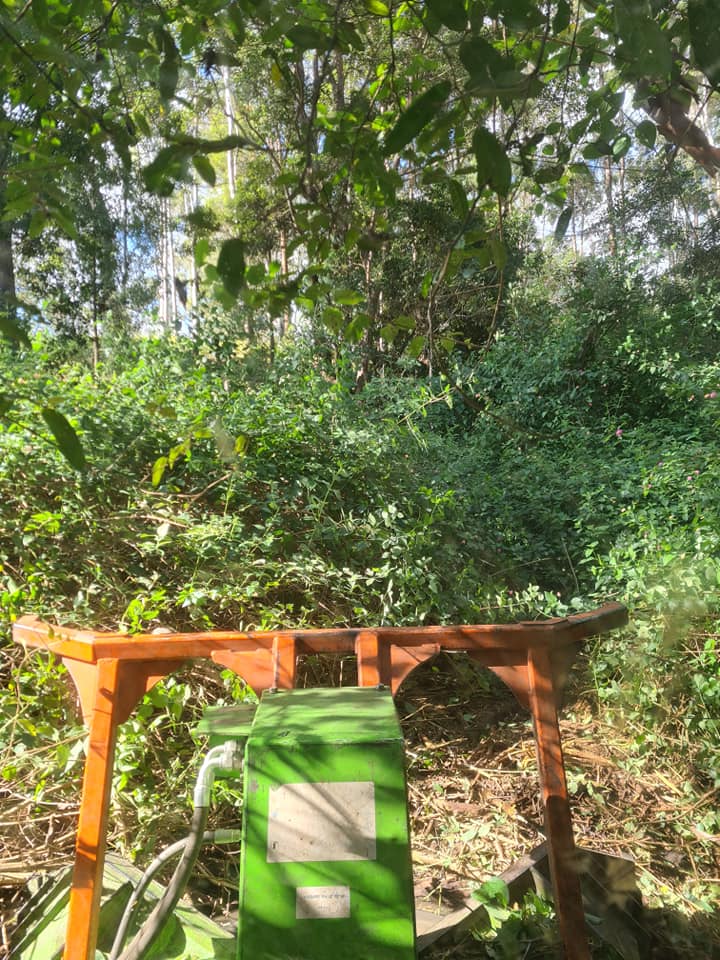
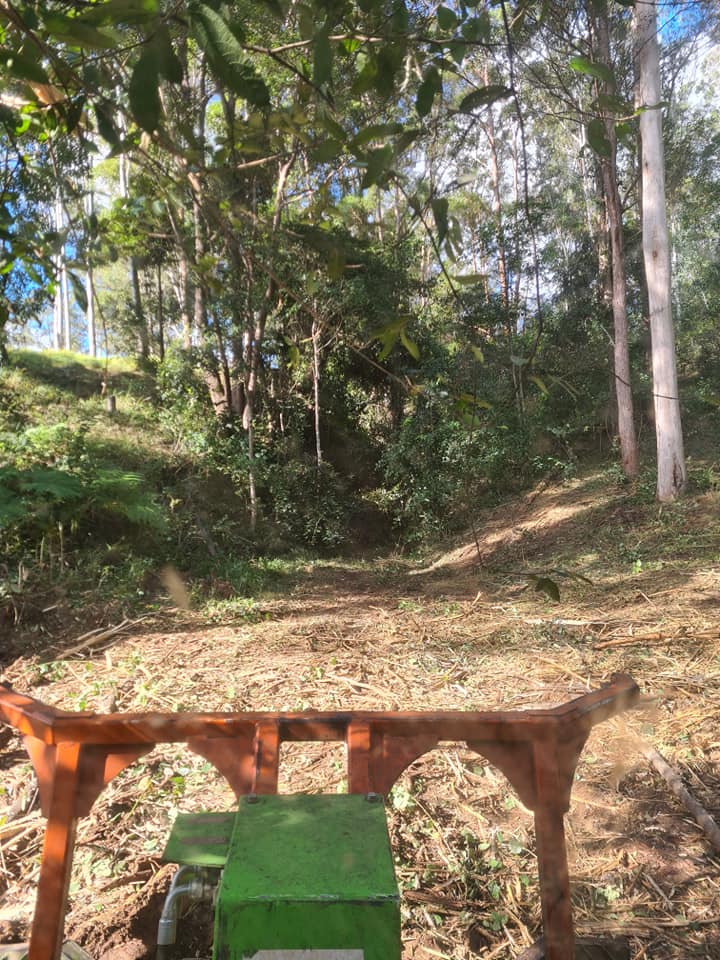
In conclusion
Managing harmful weed infestations is a significant issue for the Australian Government. But there isn’t a one size fits all solution. It often requires an integrated approach with many tactics to eradicate noxious plants and ensure they don’t reemerge. Landowners and farmers are responsible for maintaining their land with reasonable and practical steps.
Once you have identified what plants you are dealing with, there are several ways to eliminate them. Herbicides are an option, though they must be used carefully to avoid doing more harm than good. Shredding weeds and turning them into mulch is a great choice to minimise environmental impact.
Creating practices around proper land management and weed hygiene is essential to keep unwanted plants at bay in the long term.
Related Articles
- Forestry Mulching vs Traditional Land Clearing: Which is More Efficient?
- What is Land Clearing? (Step by Step Guide for Land Clearing in Queensland)
- Protect Your Land from Lantana: Techniques, Impact, and Recovery
- The True Impact Of Invasive Species On Australia’s Ecosystem
- 5 important ways on how land clearing impacts the environment positively

